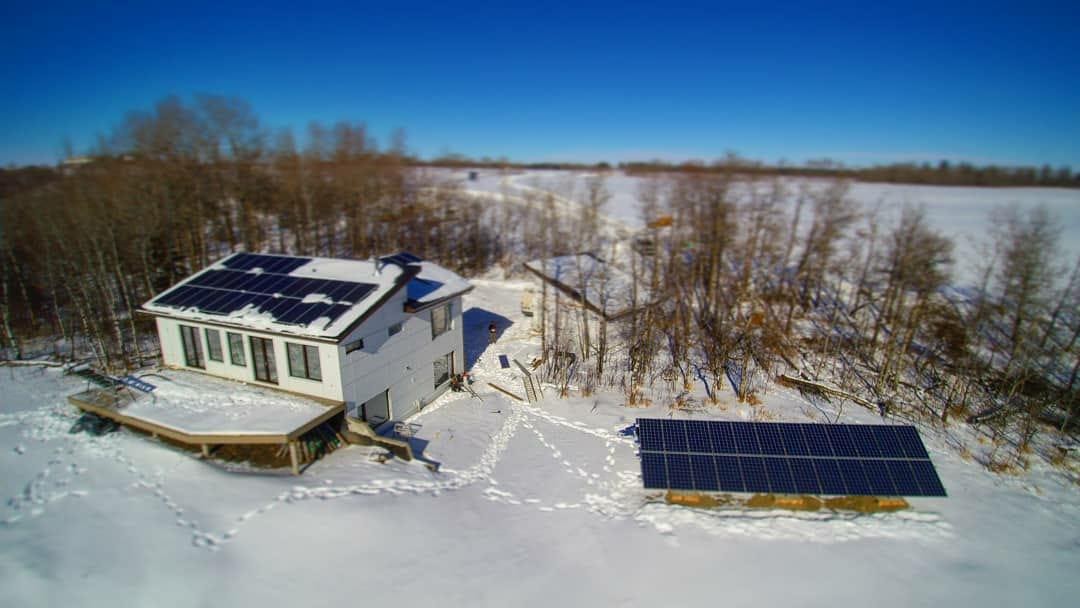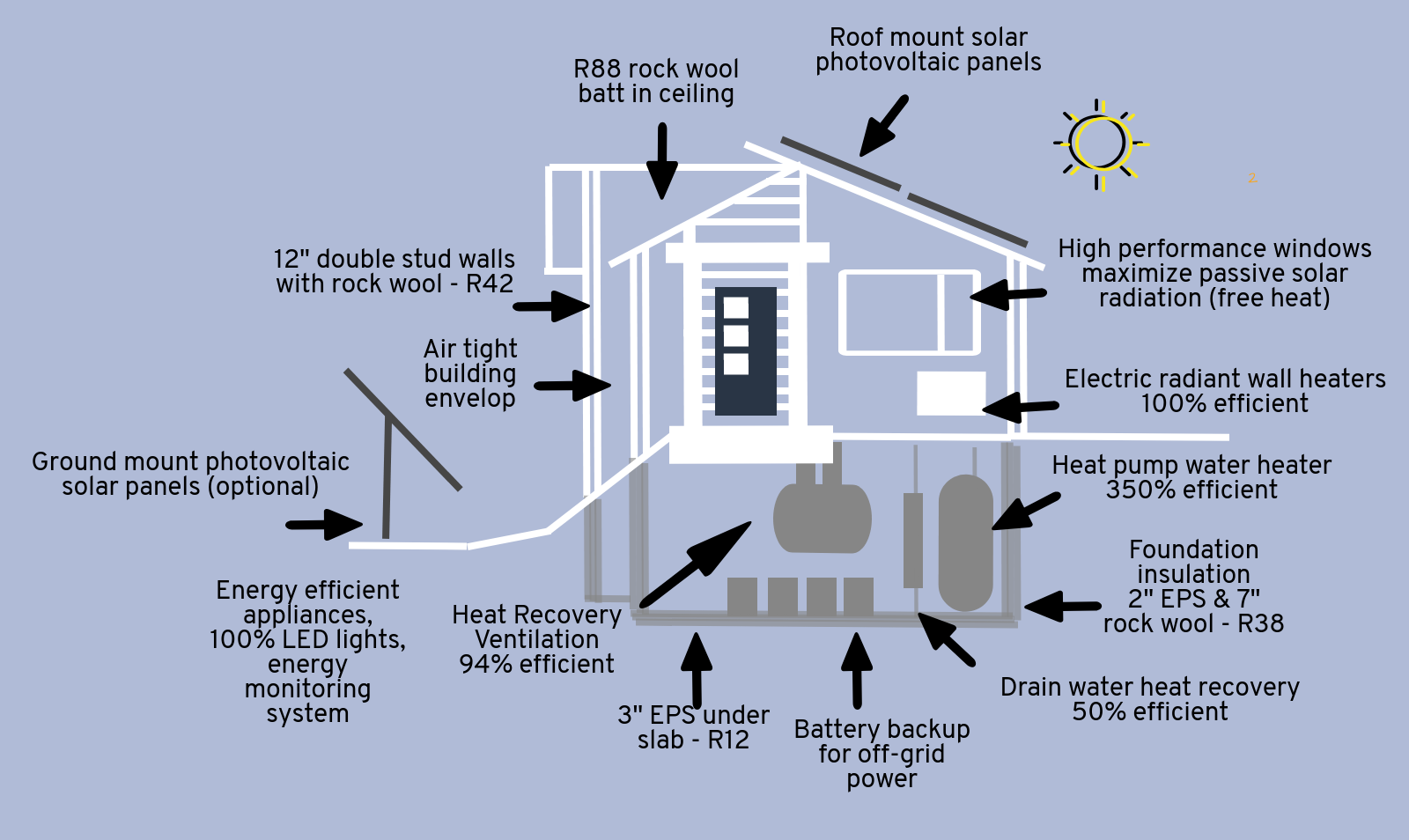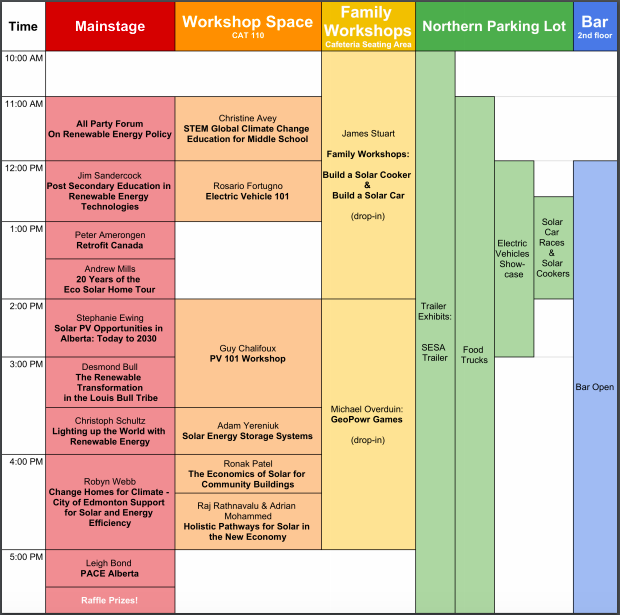November 1, 2019 marked 6 years since Park Power launched onto the Alberta utilities markets and I wanted to share some thoughts about how we have been able to compete and grow steadily over that time.

Our size matters. The fact that Park Power is smaller than the large, integrated incumbents gives us some competitive advantages. When you need us, you’ll be dealing with our wonderful and friendly Alberta based Customer Care Team over the phone or conveniently via email. We do not have the high overhead costs that the traditional utilities do and as such we are able to offer low rates, with awesome service, while still sharing profits with charities.
We care about our community. From the start, I believed in Park Power’s ability to be a positive presence in the community. Profit sharing was built into the business model from the beginning. Plus, we have chosen to support a variety of other community initiatives and events through sponsorship because we believe in community building and I want Park Power to be a brand know for that.
My experience with and affinity for solar power is benefiting Albertans with solar pv systems. Before Park Power, I spent some years in the solar industry and still consider myself a solar advocate. With Park Power, I have always tried to provide some extra value for our Micro-Generator customers but the past few years of offering our Solar Club Loyalty program has proved to be of great value for Albertans with solar pv systems. I hope that Park Power’s reputation as a positive and solar friendly energy provider will continue to grow.

Consumer education matters. There are many Albertans who do not understand the choices they have for their electricity and natural gas service. I have had many conversations educating consumers about the structure of the Alberta utilities markets and the energy options available to them. We often talk about how switching providers will not affect the delivery of power and gas to their homes or businesses. These efforts are bolstered by the Utilities Consumer Advocate who is trying their best to educate more consumers in Alberta and I am glad for the work they do. We just want consumers to understand there are many retail options available and Park Power offers an awesome choice.
It is amazing how fast these 6 years in business have gone by. I have learned many lessons along the way but have still enjoyed the process to get me here. I am so thankful to all of the customers who have chosen Park Power over the years for their electricity and natural gas supply. Your support means that we can continue to compete against the big utilities while still giving back to our community in meaningful ways.





